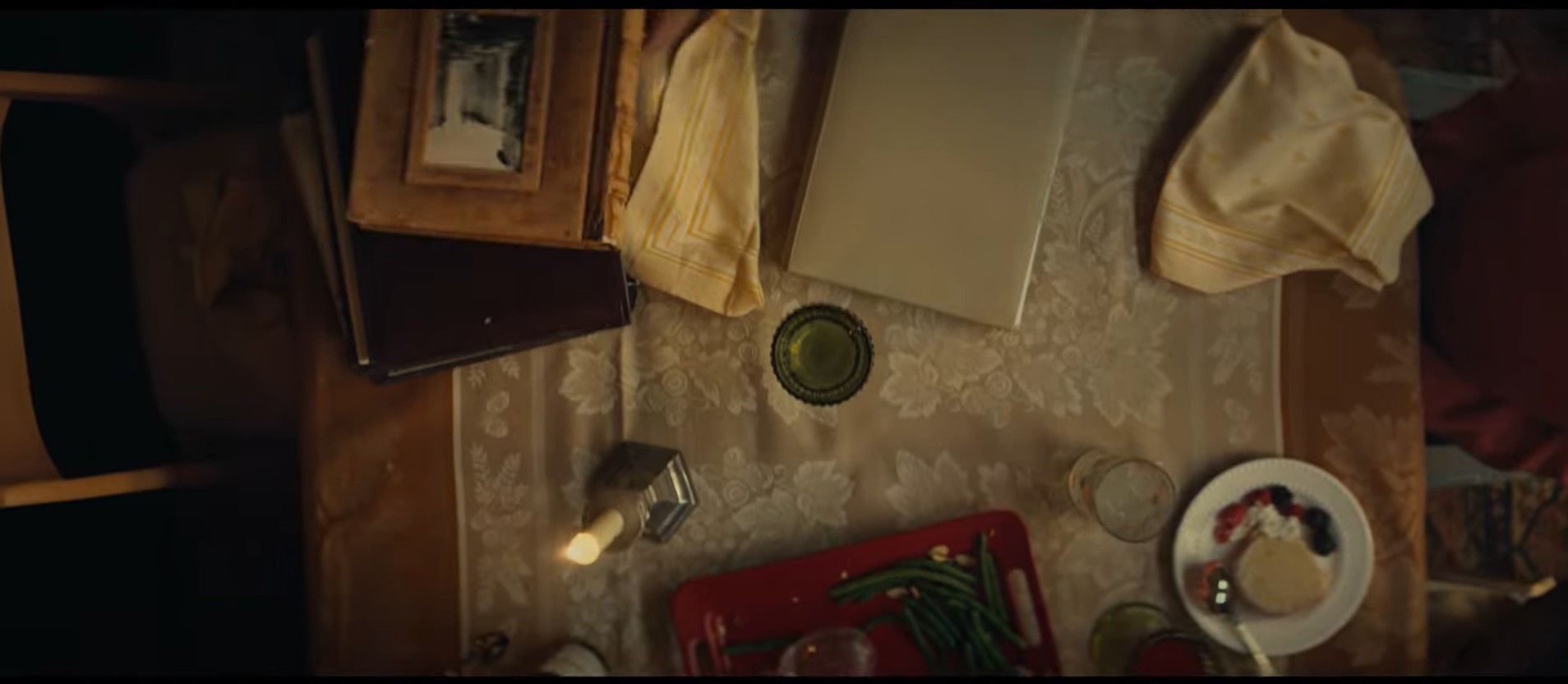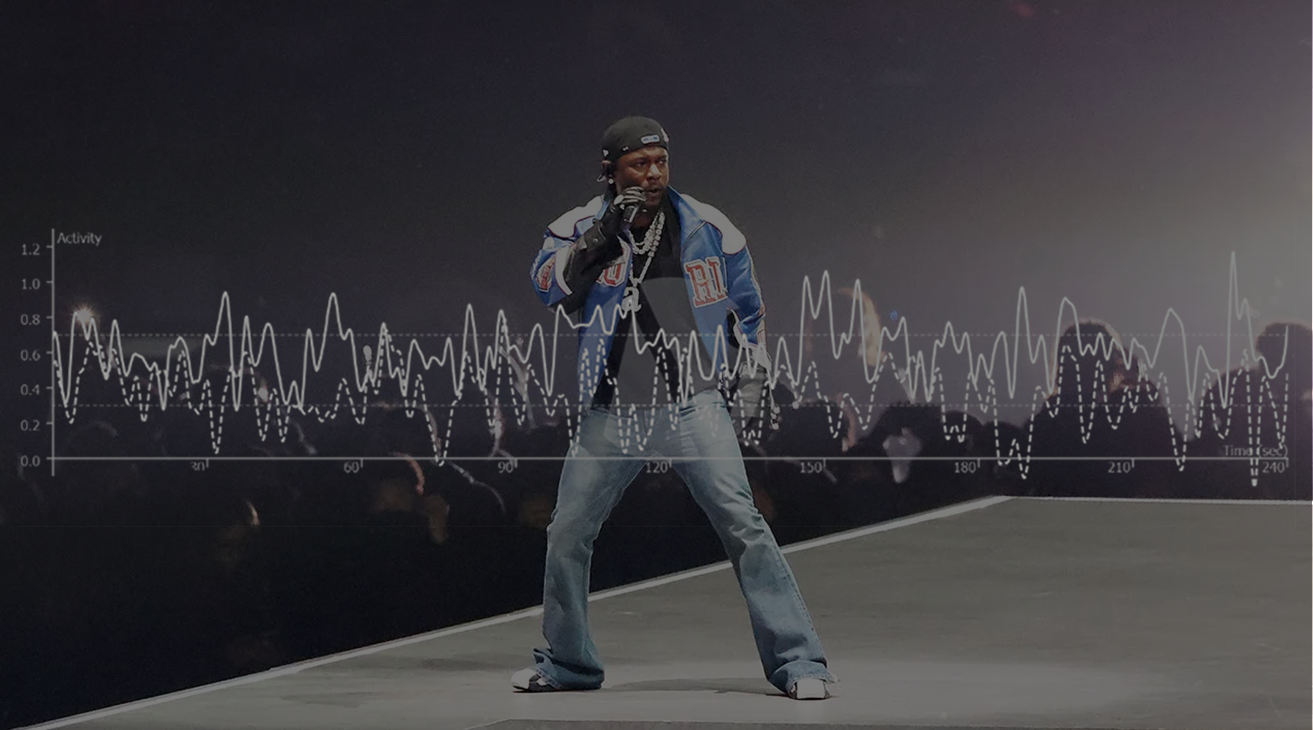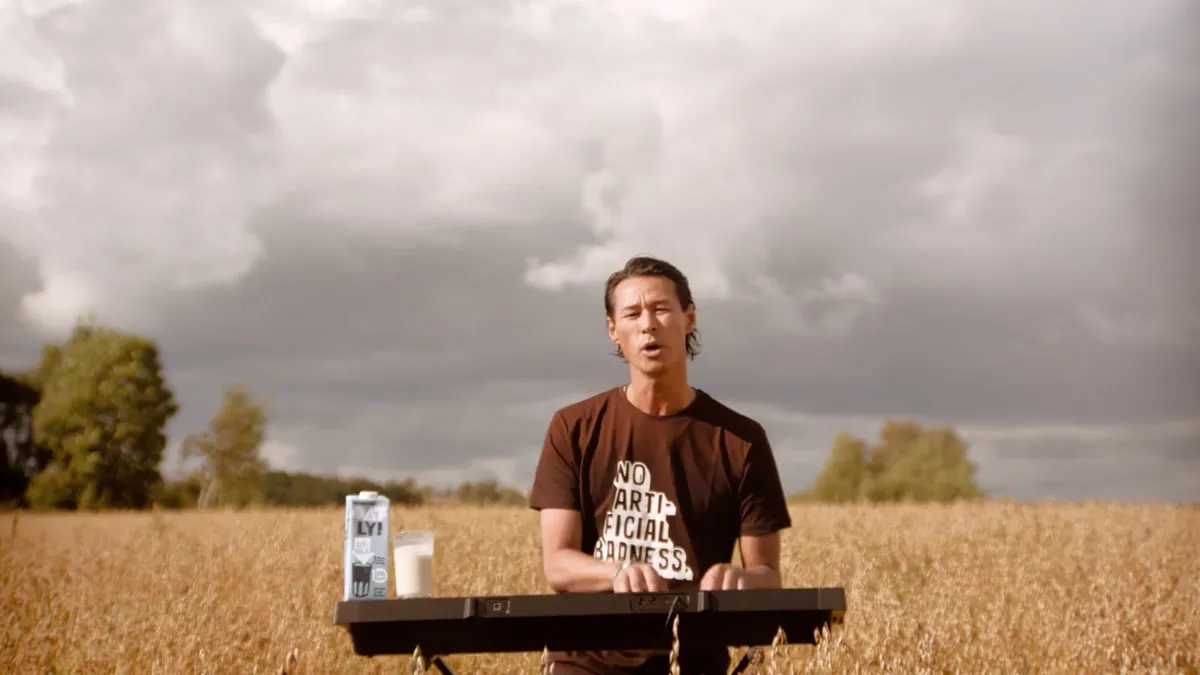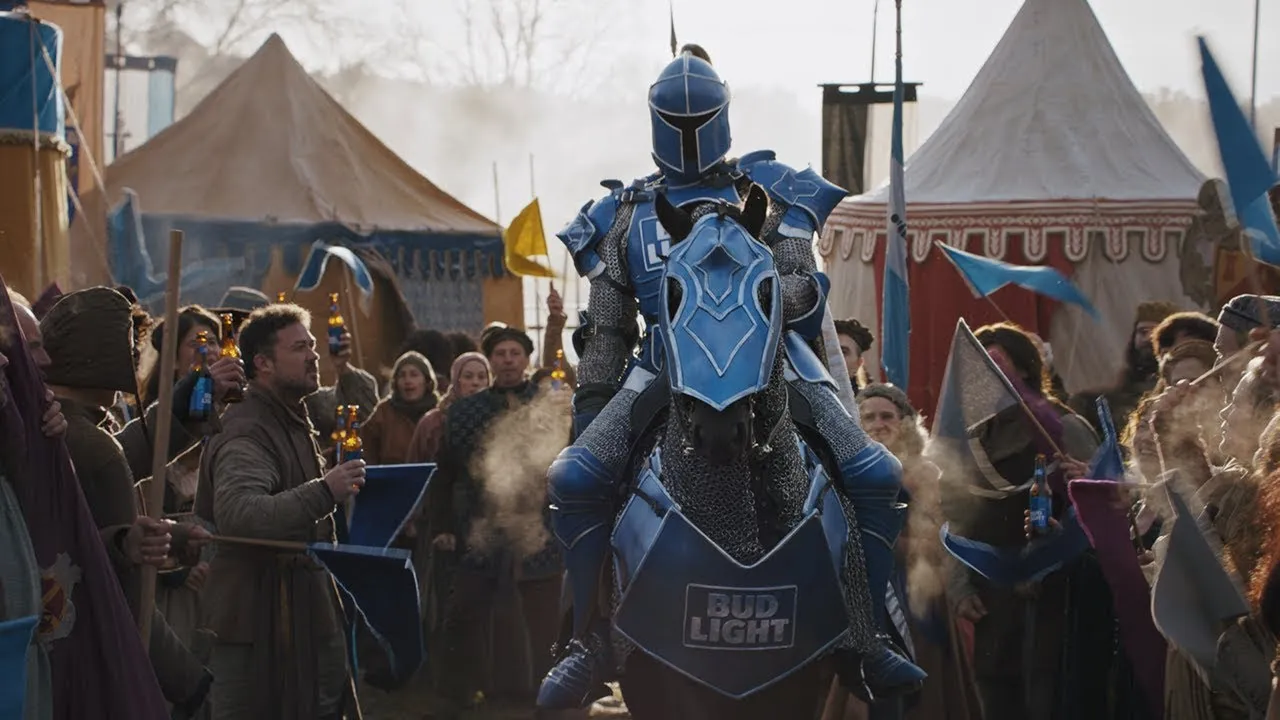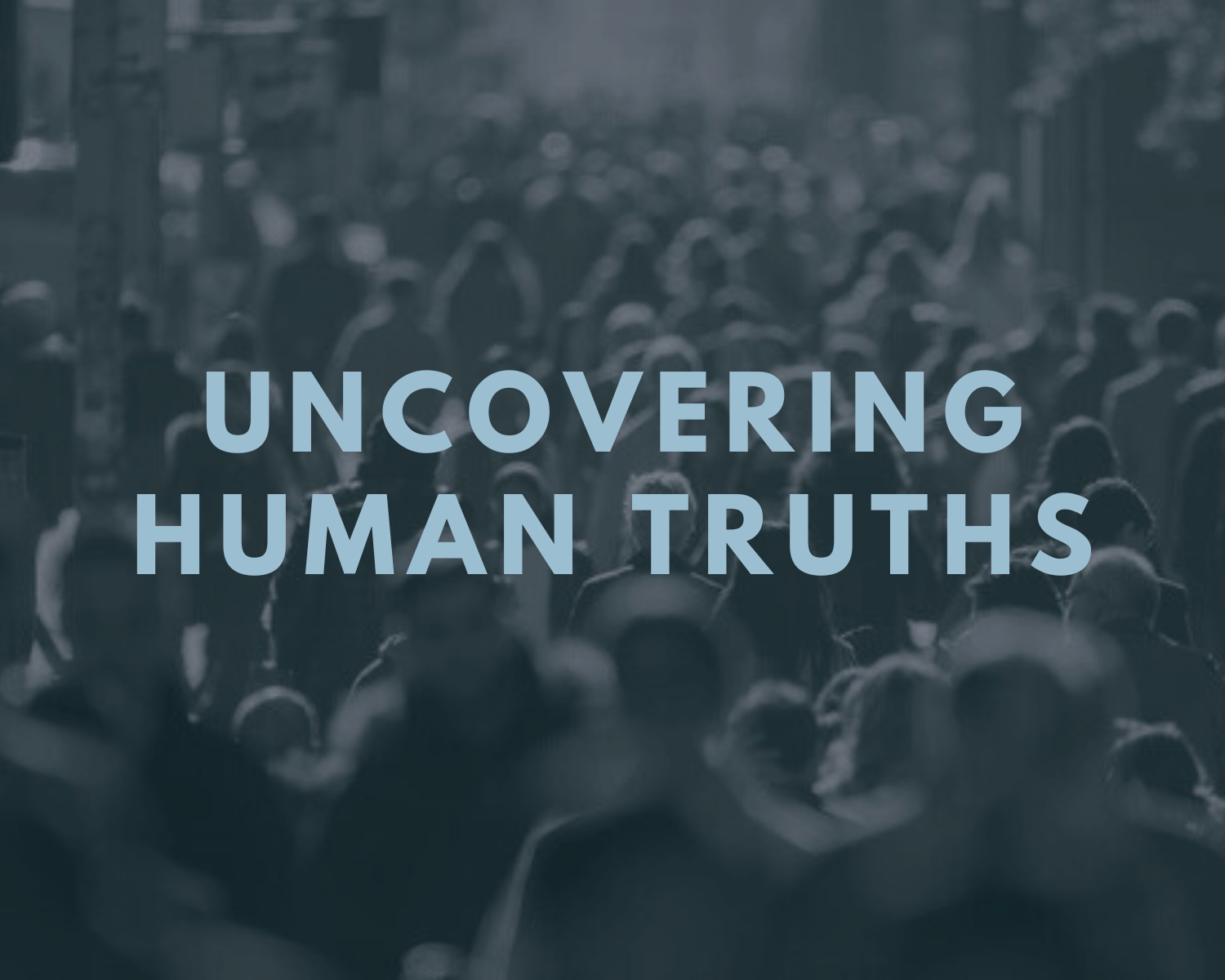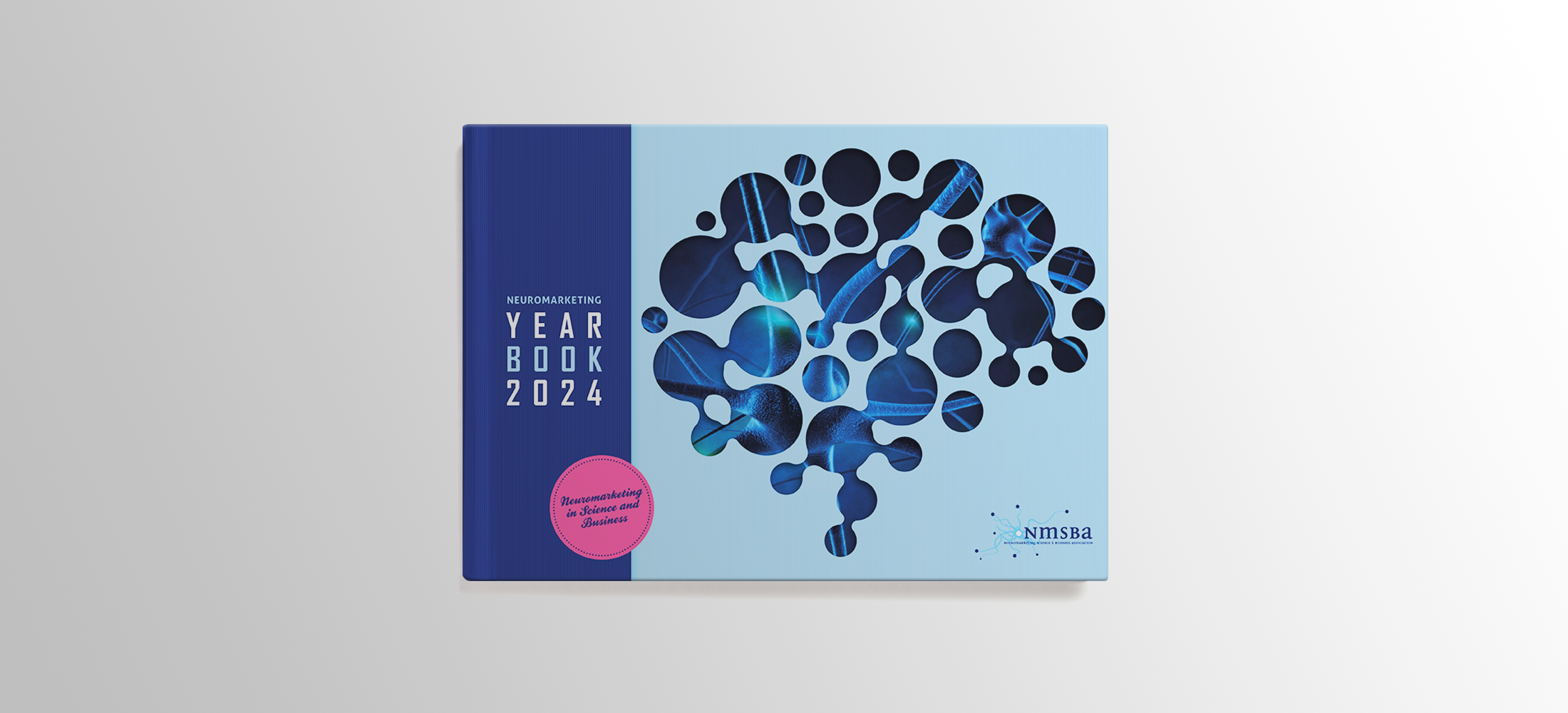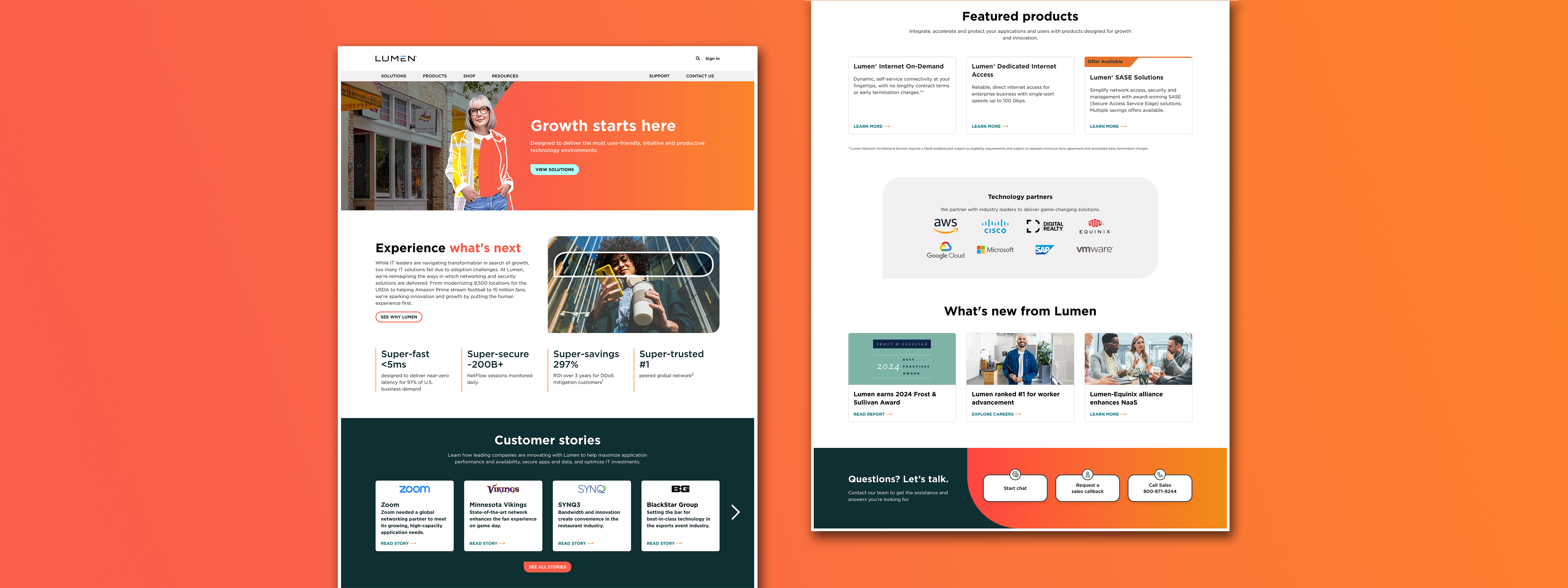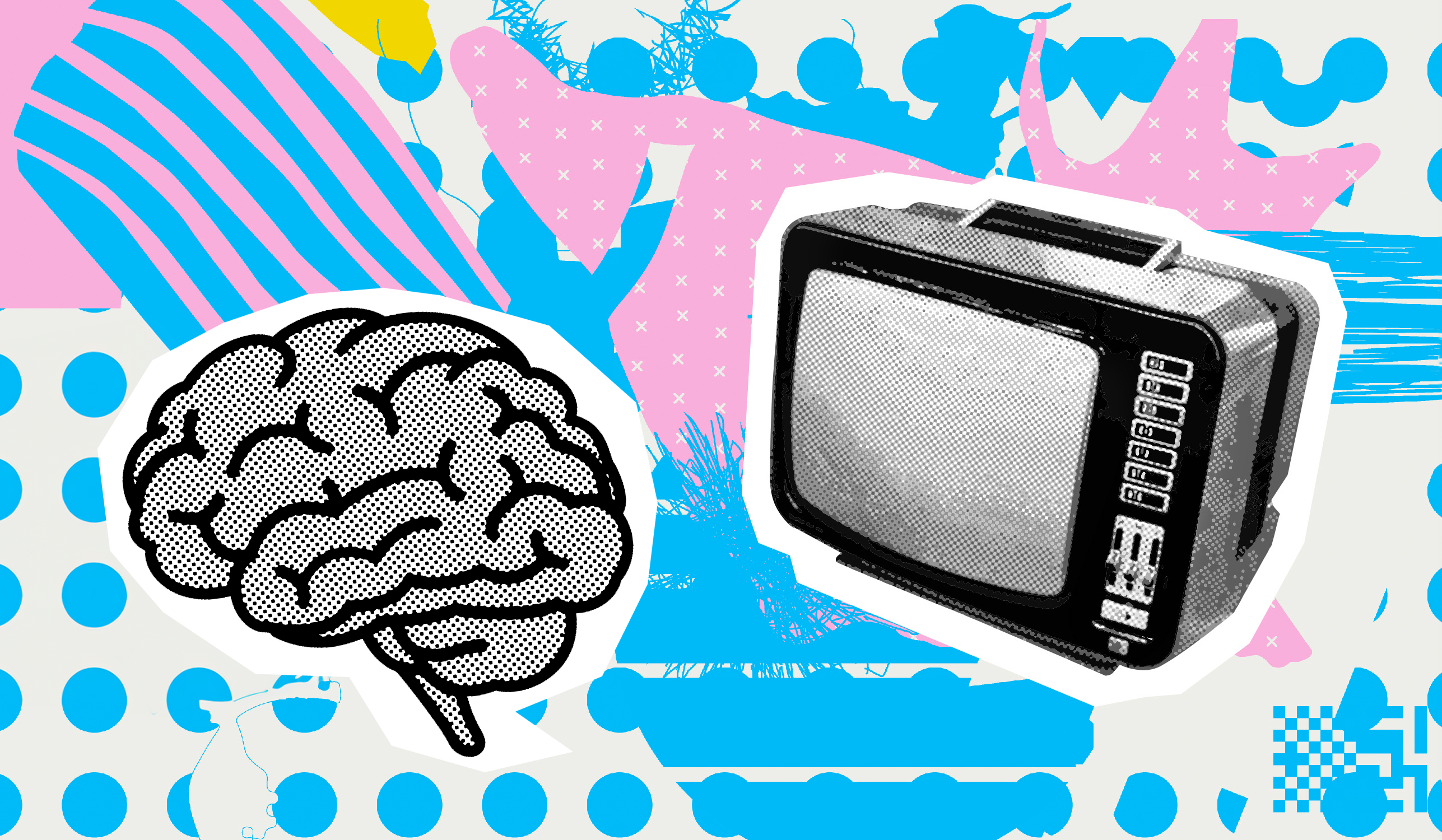
After years spent in quarantine or masked up, families are finally getting back together to celebrate this Holiday season. Harmless in spirit, these parties can get a little awkward with questions like:
So, are you seeing anyone?
Do you have a job yet?
When are the grandkids coming?!
Wouldn’t it be nice if you could have an escape plan far in advance?
Uber’s campaign, “The Getaway,” highlights how users can now schedule rides up to 30 days in advance — the perfect runaway ride. In the ad, a young couple dodges personal questions and family dread until their pre-scheduled Uber arrives. In typical heist fashion, they dramatically escape the scene — out the window.
Nick Silver, head of mobility marketing at Uber told Adweek, “We know the best advertising doesn’t feel like advertising. We have to break through and entertain, or it’s not worth doing.” Interested to understand if the brain agrees, we decided to test this ad in our recent Holiday study to see if this hilarious and relatable story actually made for an effective creative for Uber.
To find out, we turned to neuroscience. At Neuro-Insight, we look to the subconscious to see how effectively brands (like Uber) are able to communicate their message. Our patented technology, Steady State Topography (SST), allows us to measure second-by-second brain responses that breach the conscious and get to the root of human emotion and decision-making.
Our technology allows us to understand exactly what consumers are encoding into long-term memory. Memory matters because what we subconsciously decide to store in memory today becomes the base for our decision-making in the future (it is a predictive measure). As we explore what consumers are encoding into memory, we also look to the brain to tell us why a particular event or message is being stored — for this, we leverage key diagnostic metrics including approach / withdrawal, emotional intensity, and engagement.
After our in-depth neuro-analysis, we found that Uber’s getaway ad — while fun and entertaining — missed the mark when it came to branding and messaging. Here is what we learned:
Don’t overshadow the details with the story.
Often, we measure the success of the ad by analyzing the brand breakthrough — does the branding and the messaging get encoded into long-term memory? Or did your media buy only serve to entertain with no brand gain?
This Uber ad is a great example of a memorable narrative, but the brand breakthrough is low. We know this because there are many global memory encoding peaks. This measures the consumers’ processing of thematic elements in the ad (think narrative structure, visual style, music, etc.). For example, when the girl whispers, “It’s time… go,” we notice a sharp increase in global memory accompanied by high engagement and emotional intensity. These diagnostic measures indicate personal relevance and strength of emotion respectively. Perhaps, viewers are relating to the urge to escape awkward family dinners and therefore are highly engaged with the story. We see global memory peak again as the door handle jiggles during the wild escape.
While the audience is clearly entertained, we do not see detail memory encoding peaks during any key branding moments. This measures the consumers’ processing of detail elements in an ad (key messaging, brand logo, call to action, etc.). High numbers correlate with future in-market behavior as these pertain to these brand messaging details.
This is all to say, Silver was right in describing this ad as entertainment. But without detail encoding of key branding moments, it’s possible that viewers will only remember the story but will fail to associate it with Uber.
Music transitions offer great points for branding.
In ads like these, optimization is key. A strong narrative tied with brand breakthrough is the golden ticket, so how could we reshuffle Uber’s scenes to make for a more effective creative?
Notice between seconds 12-14 there is a peak in detail memory encoding. We have seen how impactful moments of transition can be (whether visual or auditory); musical transitions can boost long term memory encoding. But, all that is on the screen is “This Thanksgiving.” What if Uber placed their Uber Reserve branding here with the key message: “Reserve up to 30 days in advance”? Small changes like this could help tie the narrative, message, and brand together.
In a swarm of Holiday ads, it seems impossible to make your brand stand out. “The Getaway” acts as an example of how to make amazing entertainment, theatrical in nature and presented like a movie trailer. But, without optimizing moments of high detail memory encoding, there will be no subconscious association with story and brand/message. Our advice to Uber would be to not let their audience get away before the end of the party…or their ad won’t be remembered.

